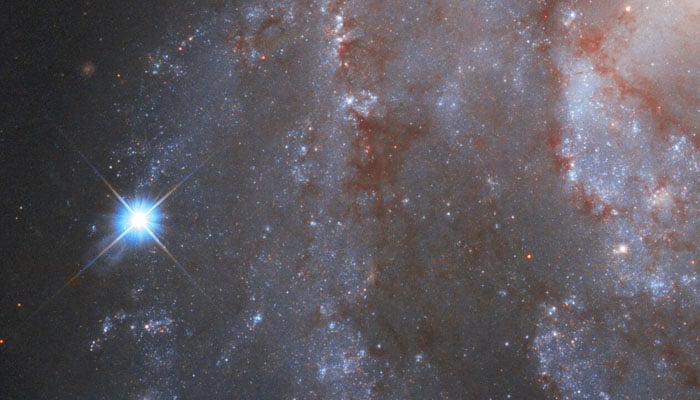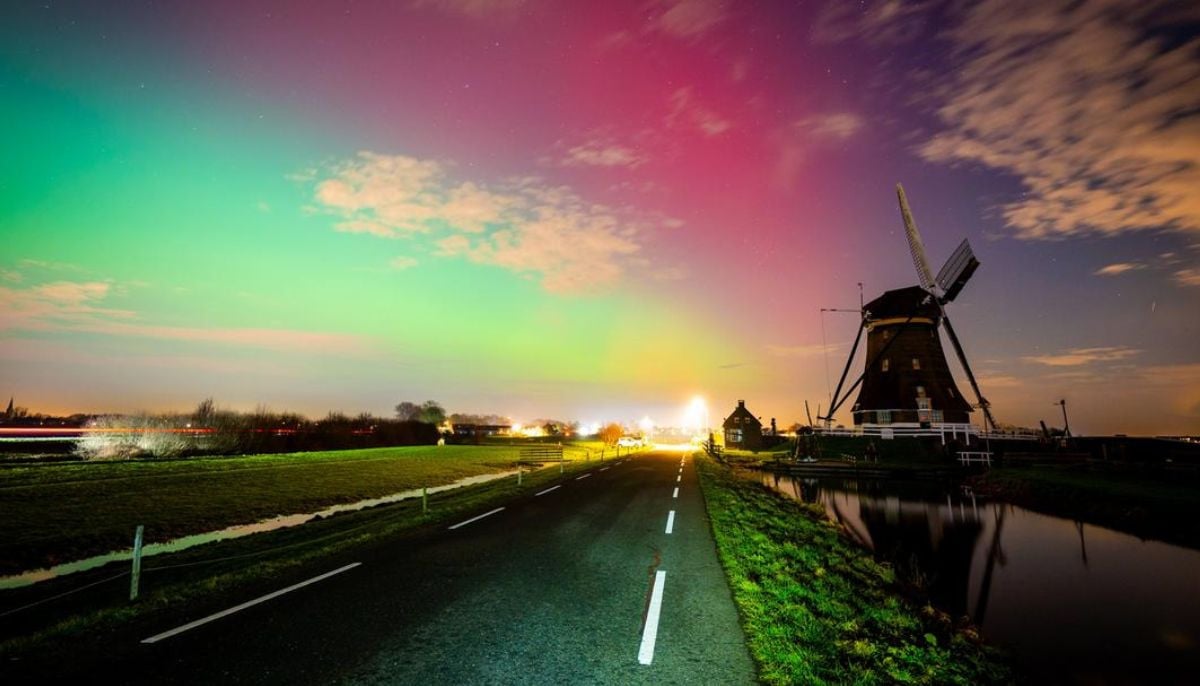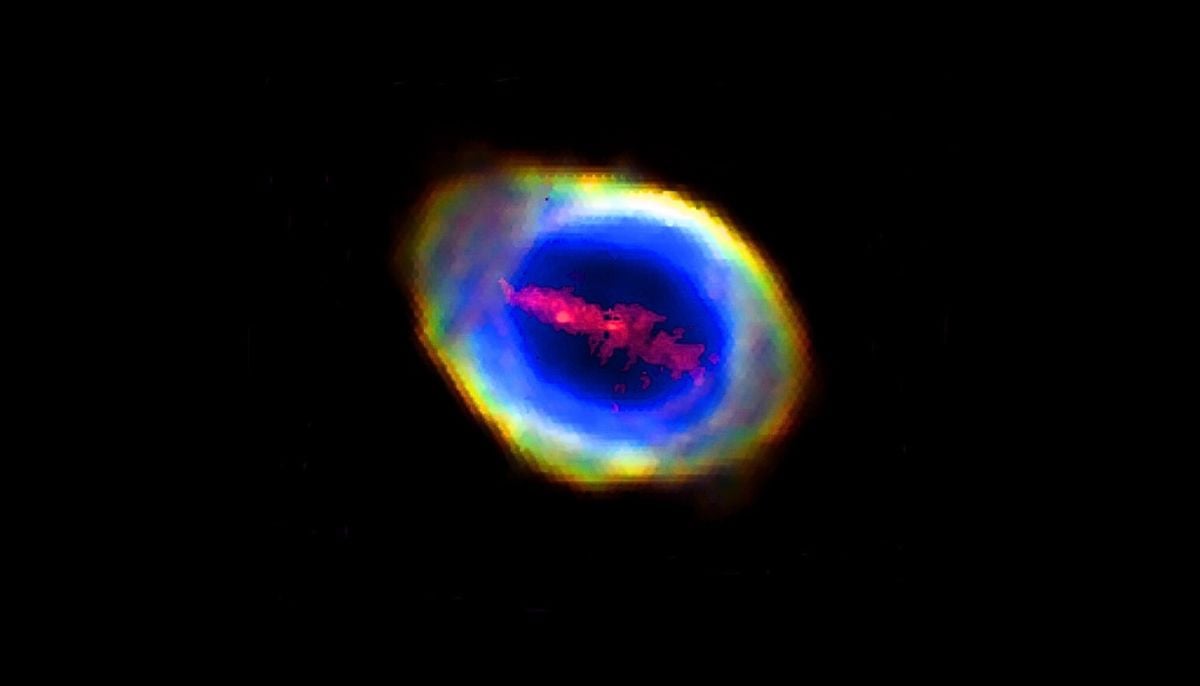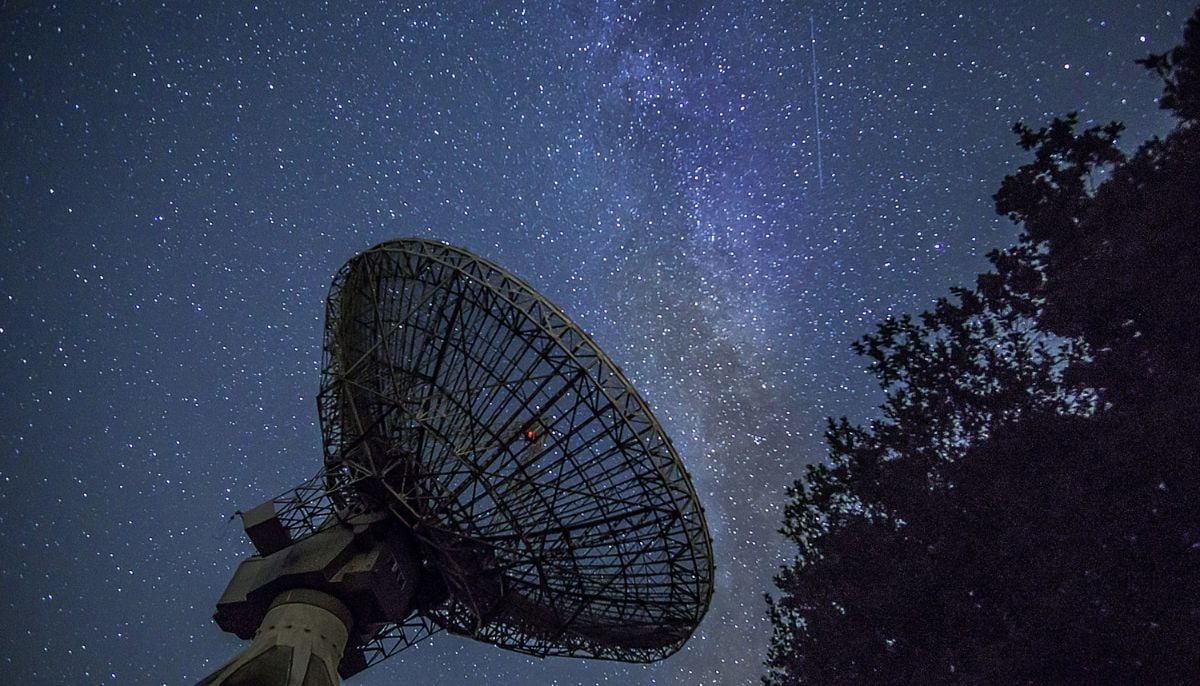Nasa Hubble telescope discovers supernova 2.5 billion times brighter than sun
Hubble's newly discovered supernova is located in constellation Leo
Located in the constellation Leo, approximately 150 million light-years away, the small galaxy UGC 5189A, which hosted a supernova 2.5 billion times brighter than the Sun, is seen in remarkable detail in a new photograph taken with the Nasa Hubble Space Telescope.
Since 2010, scientists have been researching this galaxy using the space telescope, which has been examining the universe in the infrared since 1990. The goal of this investigation is to understand more about a supernova that occurred in this galaxy about 150 million years ago according to Space.
This supernova, known as SN 2010jl, unleashed at least 2.5 billion times as much visible radiation in just three years as the sun does in the same amount of time at all wavelengths.
As a Type II supernova, SN 2010jl signifies the demise of a massive star that was at least 40–50 times the mass of the sun during its lifetime. These explosions happen when the energy that has been supporting these gigantic stars against the inward pull of gravity for millions or billions of years runs exhausted and they are unable to continue nuclear fusion.
As valuable as studying supernovas themselves may be, astronomers can also learn a great deal by looking at the debris these cosmic explosions leave behind. For instance, examining the surrounds of burst stars can reveal the elements required for a supernova to occur as well as how the supernova alters its surroundings.
Due to this interest, Hubble has frequently found itself pointed in the direction of UGC 5189A. This stunning image of the faraway galaxy, which is only 36,000 light-years across and tiny in comparison to our galaxy, the Milky Way, which is 100,000 light-years across, was produced using data gathered during the final three observation periods of the long-serving space telescope.
-
Bamboo: World’s next sustainable ‘superfood’ hiding in plain sight
-
NASA Artemis II rocket heads to the launch pad for a historic crewed mission to the Moon
-
Blood Moon: When and where to watch in 2026
-
Elon Musk’s Starlink rival Eutelsat partners with MaiaSpace for satellite launches
-
Blue Moon 2026: Everything you need to know
-
Scientists unravel mystery of James Webb’s ‘little red dots’ in deep space
-
ISS crew of four completes medical evacuation with safe splashdown off California
-
Annular solar eclipse 2026: Here's everything to know about the ‘ring of fire’












